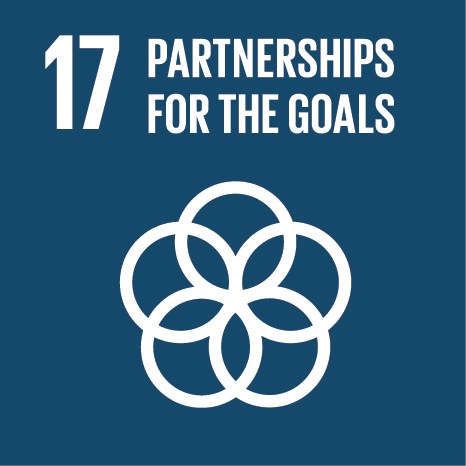Ciência_Iscte
Publications
Publication Detailed Description
Journal Title
International Politics
Year (definitive publication)
2019
Language
English
Country
United Kingdom
More Information
Web of Science®
Scopus
Google Scholar
Abstract
South–South relations have regained widespread interest in recent years, together with increasingly visible stances on international stages. Brazil’s interactions with the African continent, in particular, came to epitomise such a perception while sustaining an expectation of mutual alignment in several global issues. However, these assumptions still lack empirical corroboration. Drawing on United Nations General Assembly voting data for the 1991–2013 timeframe, this article questions a supposed South–South solidarity at the multilateral institution with the largest global representation and identifies key thematic axes that incite greater collective stances. The analysis further sheds light on whether or not a common South–South agenda has emerged over time.
Acknowledgements
--
Keywords
Brasil,África,AGNU,Relações Sul-Sul
Fields of Science and Technology Classification
- Political Science - Social Sciences
Funding Records
| Funding Reference | Funding Entity |
|---|---|
| SFRH/BPD/116700/2016 | Fundação para a Ciência e a Tecnologia |
| SFRH/BPD/103318/2014 | Fundação para a Ciência e a Tecnologia |
| UID/CPO/03122/2013 | Fundação para a Ciência e a Tecnologia |
Contributions to the Sustainable Development Goals of the United Nations
With the objective to increase the research activity directed towards the achievement of the United Nations 2030 Sustainable Development Goals, the possibility of associating scientific publications with the Sustainable Development Goals is now available in Ciência_Iscte. These are the Sustainable Development Goals identified by the author(s) for this publication. For more detailed information on the Sustainable Development Goals, click here.

 Português
Português


